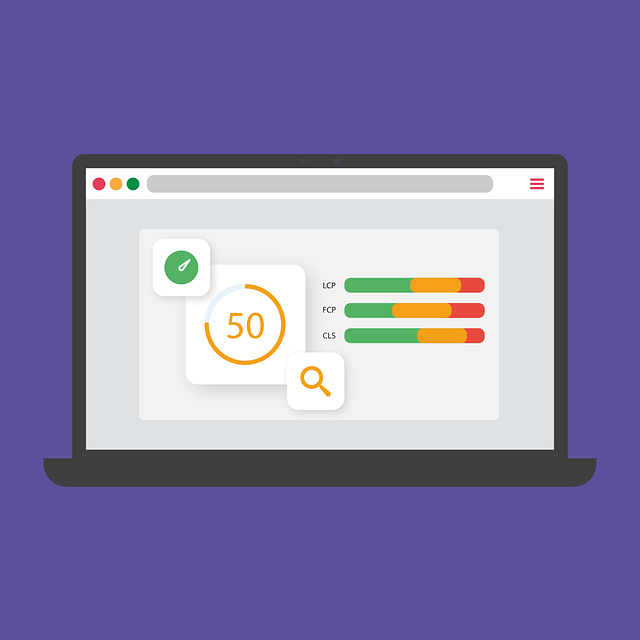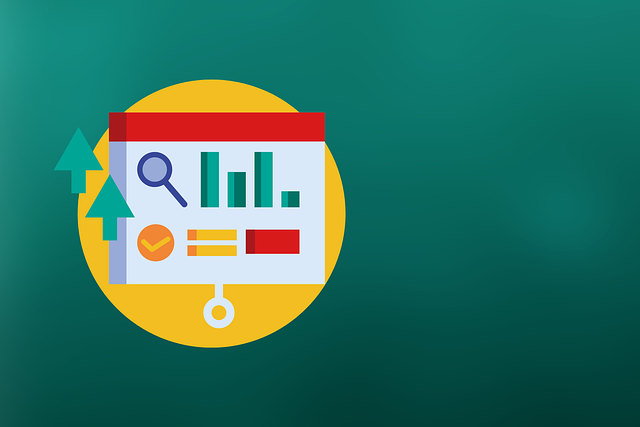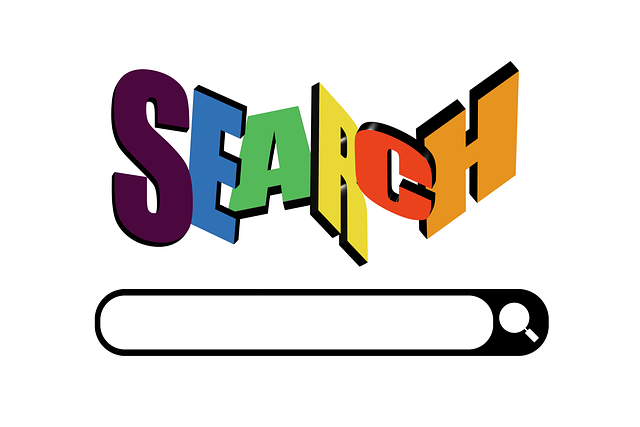Core Web Vitals (CWV) optimization is crucial for modern SEO, focusing on load time, interactivity, and stability. Using tools like Google Search Console and PageSpeed Insights, identify and fix performance bottlenecks. Prioritize mobile-first strategies to cater to the majority of users accessing sites via mobile devices. Implement caching to reduce server requests and boost load times. Optimize images using modern formats and resize for web dimensions to enhance speed. Regularly monitor and update your site based on CWV insights to maintain a competitive edge in digital landscapes.
In today’s digital era, website speed is a critical factor influencing user experience and search engine optimization (SEO). Understanding Core Web Vitals—a set of metrics measuring page performance—is essential for Core Web Vitals Optimization. This article guides you through the process, offering insights on identifying slow-loading pages, optimizing load times, enhancing mobile-friendliness, leveraging caching, and compressing images. By implementing these strategies, you’ll not only improve SEO but also deliver a seamless experience for your visitors.
Understanding Core Web Vitals and Their Impact on SEO

Core Web Vitals (CWV) are a set of metrics that measure key user experiences on a web page, including load time, interactivity, and stability. These vital signs provide a comprehensive overview of how well a website performs and how it affects users’ behavior. Google, being the leading search engine, has incorporated CWV into its ranking algorithms, making it crucial for any SEO strategy. By optimizing these metrics, website owners can enhance their online visibility and improve user satisfaction.
The impact of Core Web Vitals Optimization is far-reaching. Faster load times lead to reduced bounce rates, as users are more likely to stay on a site that loads promptly. Improved interactivity through lower latency ensures that visitors have a seamless experience, encouraging them to explore further. Moreover, stable and responsive websites build trust, encouraging repeat visits and potential conversions. Understanding and implementing CWV optimization strategies is, therefore, essential for any business aiming to excel in the digital landscape.
Identifying Slow-Loading Pages: Tools and Techniques

Identifying slow-loading pages is a critical step in optimizing your site’s performance, especially when considering Core Web Vitals optimization. There are several tools at your disposal to help uncover these culprits. Google Search Console and PageSpeed Insights are excellent starting points; they provide detailed insights into page load times and offer actionable recommendations tailored to specific devices and browsers. These tools generate reports that include critical metrics such as Largest Contentful Paint (LCP), First Input Delay (FID), and Cumulative Layout Shift (CLS), which collectively form the basis of Core Web Vitals optimization.
Through these platforms, you can analyze individual pages’ performance, identify bottlenecks, and pinpoint elements contributing to slow loading times. Additionally, browser developer tools like Chrome DevTools offer a deep dive into page structure and resource loading, allowing for granular analysis and the ability to simulate different network conditions. This practical approach ensures that you address specific issues effectively, leading to an overall faster and more user-friendly website experience.
Optimizing Page Load Times: A Step-by-Step Guide

Optimizing page load times is a critical aspect of SEO and user experience. To start, conduct a comprehensive website audit to identify performance bottlenecks using tools like Google PageSpeed Insights or GTmetrix. This initial step will reveal key areas for improvement, focusing on Core Web Vitals Optimization – elements that directly impact user perception and search engine rankings.
Next, prioritize and implement targeted optimizations based on the audit findings. Minimize and compress assets like images and CSS/JavaScript files to reduce their size without sacrificing quality. Enable browser caching to serve static resources faster and consider leveraging browser rendering for dynamic content. Additionally, optimize your site’s code by removing unnecessary whitespace and simplifying complex scripts. Regularly updating content delivery networks (CDNs) can also significantly enhance global load times.
The Role of Mobile-Friendliness in Speed Optimization

In today’s digital era, mobile-friendliness is no longer an option but a necessity for optimal website performance and user experience. With the majority of internet traffic coming from mobile devices, ensuring your site loads quickly and efficiently on smartphones and tablets is crucial. Google, too, reflects this importance in its search algorithms, with Core Web Vitals Optimization highlighting the need to prioritize mobile-first strategies. A well-optimized mobile experience can significantly impact your search rankings, leading to increased visibility and higher click-through rates.
Beyond ranking advantages, a mobile-friendly site offers several other benefits. It enhances user retention, as fast loading times and seamless navigation on smaller screens encourage visitors to explore further. Moreover, it contributes to better overall website performance by reducing bounce rates, as users are more likely to engage with sites that provide a responsive and satisfying experience across all devices.
Leveraging Caching for Improved Site Performance

Leveraging caching is a powerful strategy to significantly boost website performance, especially in the context of Core Web Vitals optimization. By storing frequently accessed data and resources temporarily, such as HTML, CSS, JavaScript files, and even database queries, caching reduces the need for repeated server requests. This results in faster page load times, which are crucial for user experience and search engine rankings.
Effective caching strategies can be implemented at various levels, from browser caching to server-side caching mechanisms. Browser caching stores static assets for a defined period, allowing users to access them quickly on subsequent visits. Server-side caching, on the other hand, involves serving pre-rendered or dynamically generated content, further enhancing site speed. This optimization technique is particularly beneficial for high-traffic websites, ensuring consistent performance and a positive user experience that aligns with modern search engine algorithms’ focus on speed and usability.
Image Compression: Techniques to Reduce File Sizes

Image compression is a powerful technique to optimize your site’s speed and enhance the overall user experience, especially as part of Core Web Vitals optimization. By reducing image file sizes, you can significantly improve page load times, ensuring your website delivers content swiftly. There are several methods to achieve this without compromising image quality.
One effective strategy is to utilize modern image formats like WebP or JPEG 2000, which offer better compression ratios than traditional JPEGs. These formats take advantage of advanced encoding algorithms to reduce file sizes while maintaining visual fidelity. Additionally, resizing images to the exact dimensions required by your webpage and applying lossy compression (for non-critical images) can further optimize speed without noticeable quality loss.
Monitoring and Continuous Improvement for Long-Term Success

Monitoring site performance and continuously refining your strategies are vital for long-term SEO success. With Core Web Vitals optimization at the forefront, regular checks ensure your website remains competitive in the ever-evolving digital landscape. By utilizing tools like Google Search Console and PageSpeed Insights, you can identify areas of improvement and track progress over time. These insights provide a clear view of user experience metrics, enabling you to make data-driven decisions.
Continuous improvement involves addressing issues such as page load times, interactivity, and stability, all of which contribute to a positive user experience. Regular updates, bug fixes, and content optimization not only enhance site speed but also signal to search engines that your website is active, secure, and committed to providing value to visitors. This long-term approach ensures that your SEO efforts remain relevant and effective in a dynamic online environment.
